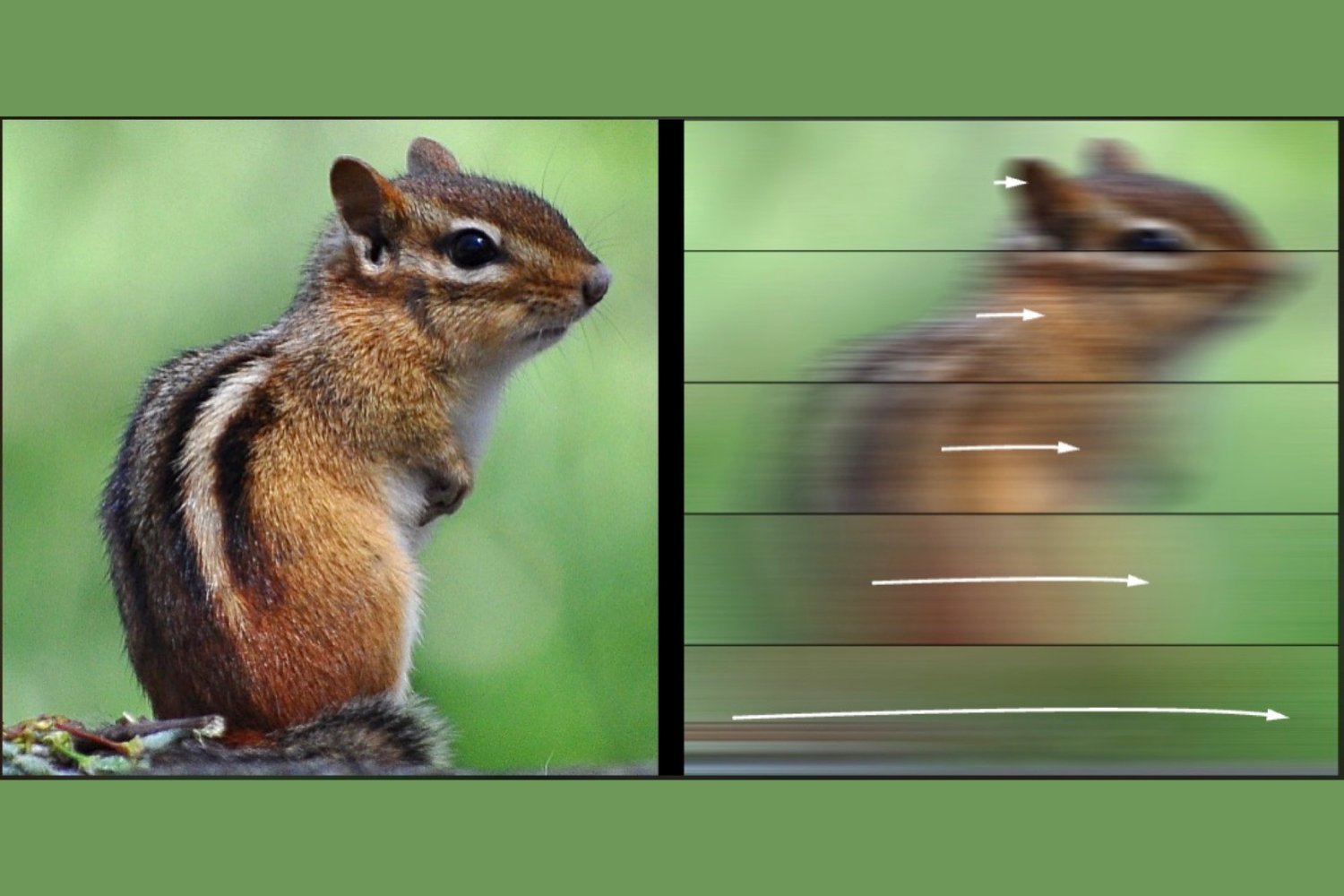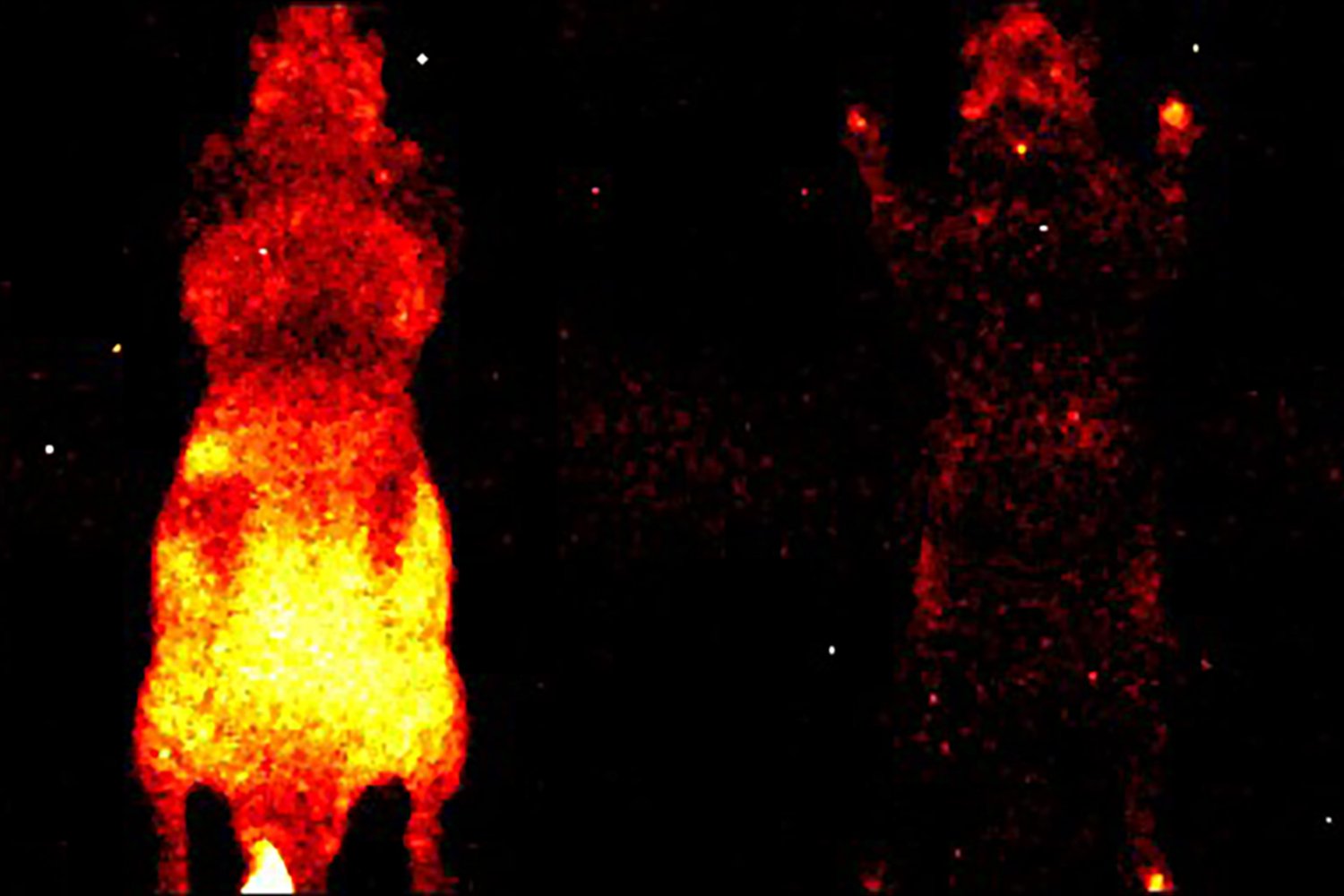When a camera pans quickly, the resulting image is often a blurry mess. Interestingly, our eyes perform similar rapid movements, called saccades, over 100,000 times daily. Unlike cameras, our brains prevent blurring, but a recent study reveals a fascinating connection between the speed of these eye movements and our ability to perceive fast-moving objects.
Recent research published in Nature Communications demonstrates a correlation between saccade speed and the perceptual limits of motion. The study suggests that individuals with faster saccades can perceive faster-moving objects, potentially impacting activities like sports, gaming, and even photography. This groundbreaking research provides evidence supporting the theory that our own movements influence our perception of the world.
How Eye Movements Shape What We See
The study, led by active vision scientist Martin Rolfs at Humboldt University of Berlin, found that when visual stimuli moved at the same speed and trajectory as a participant’s saccades, the stimuli became invisible. This suggests our brain filters out motion mirroring our eye movements, potentially explaining the lack of blur during saccades. This finding has broader implications, suggesting physical movements, like eye movements, can limit our sensory perception. Our ability to see moving objects isn’t solely determined by the sensitivity of our photoreceptors but also by the movements of our eyes.
A New Understanding of Sensory Systems
Rolfs explains that the properties of sensory systems, like human vision, are best understood within the context of the kinematics of the actions driving their input. Kinematics, the study of motion without considering its cause, provides a framework for understanding this relationship. He emphasizes the fine-tuned connection between our visual and motor systems, a connection often overlooked in research. The traditional separation between motor control and perception studies has hindered a more holistic understanding of these interconnected systems.
Implications for Future Research
This research opens exciting avenues for future investigations. Understanding the interplay between saccade speed and perception could lead to improved training methods for athletes, gamers, and others who rely on quick visual processing. Furthermore, it underscores the need for interdisciplinary collaboration between researchers studying motor control and perception.
This new understanding challenges previous assumptions about how we see the world and highlights the integral role our own movements play in shaping our perception. The discovery that our eyes’ rapid movements influence what we see has significant implications for fields ranging from sports science to virtual reality development.











